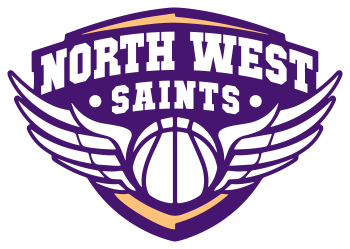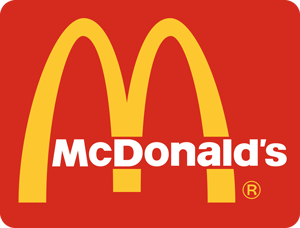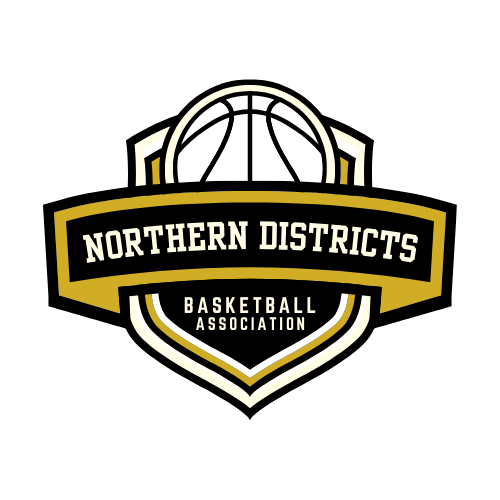- March 14, 2025
Shell Drill
The Shell Drill is a classic and effective defensive basketball drill designed to improve team defense, communication, positioning, and defensive footwork. It focuses on the fundamentals of team defense, helping players develop their ability to guard the ball, close out on shooters, and rotate properly.

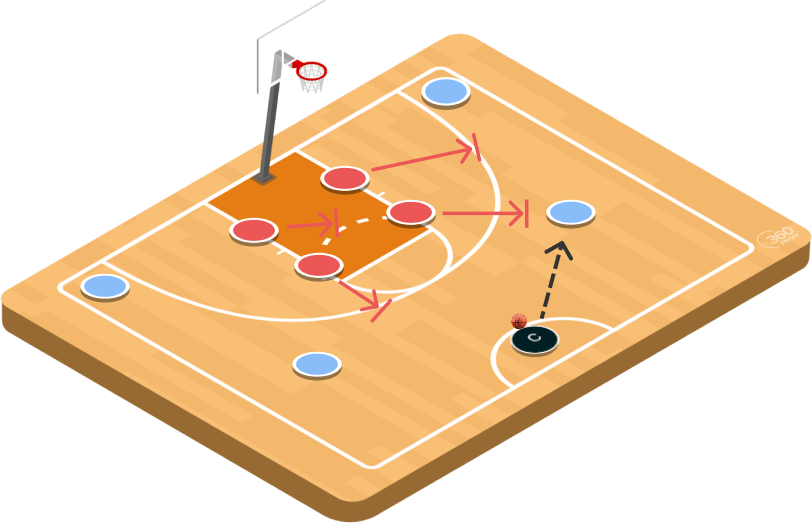
Objective:
- Improve individual on-ball defense
- Enhance help defense and rotations
- Teach defensive positioning and proper closeouts
- Improve communication between defenders
Setup:
Divide your team into two groups: the offensive players and the defensive players. You’ll need at least four offensive players and four defensive players for this drill to run smoothly.
The offensive players start in a “shell” formation:
- One player at the top of the key (Point Guard).
- One player at the wing (Shooting Guard or Small Forward).
- One player at the opposite wing.
- One player in the low post (either center or power forward).
The defensive players are positioned as follows:
- One defender guards the ball handler at the top (Point Guard).
- Two defenders guard the wings (one on each wing player).
- One defender guards the low post player.
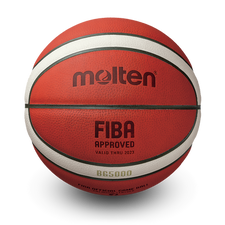
Drill Breakdown:
1: Ball Movement & Defensive Shifts:
- The coach or an offensive player will pass the ball around the perimeter.
- As the ball moves, the defenders will shuffle to maintain proper positioning. The defender guarding the ball (on-ball defender) should stay low, with active hands, and try to stay between the ball and the basket. This player should also close out on the ball handler quickly when they receive the ball.
- The other defenders must maintain a stance and be ready to help. Defenders should always be in help position, meaning they are looking at the ball while staying in their lanes to cover their assigned players.
- If the ball is passed to the opposite side, defenders should shift and slide to maintain proper positioning and ensure they are ready for a closeout.
2: Closeouts:
- When the ball is passed to a player on the perimeter (wing or corner), the defender on the ball should quickly close out with high hands and a low stance, making it hard for the offensive player to take an open shot.
- The defender must contain the offensive player, preventing them from driving by. The defender should use quick, short steps during the closeout to avoid being caught off balance.
3: Help Defense & Rotations:
- If an offensive player attempts to drive past the ball handler, the defender must provide help defense by sliding over and forcing the offensive player to pick up their dribble or pass out.
- The other defenders should rotate, and everyone must be aware of their teammates’ positioning. If the ball is passed inside to the post, the low post defender should provide help and possibly double-team.
- Once the ball moves back out, the defenders need to quickly rotate back to their original positions.
4: Communication:
- Players should talk throughout the drill, constantly communicating about screens, ball movement, and switching responsibilities. Call out “ball,” “help,” “switch,” and “screen” to stay aware of what’s happening on the floor.
- The defenders should be loud and clear to avoid confusion and ensure they are on the same page.
5: Closing Out to Rebounding:
- After a shot attempt, the defenders should immediately crash the boards, boxing out their opponents and securing the rebound. This part of the drill emphasizes both defensive positioning and finishing the defensive possession with a rebound.
Progressions:
1: Add pressure:
Have the ball handler attack the defender with more speed or force them to make a move toward the basket. This increases the challenge for both the on-ball defender and the help defenders.
2: Introduce a shot clock:
Make the drill more game-like by introducing a 24-second shot clock, forcing the defense to work together quickly and decisively to prevent a good shot.
3: Closeouts with a contest:
Add a shot contest at the end of the closeout. After closing out to the shooter, the defender should try to contest the shot without fouling.

Key Focus Points:
Stance:
Always keep a low, balanced stance to be ready for quick movements.
Footwork:
Always keep a low, balanced stance to be ready for quick movements.
Communication:
Always talk to your teammates, especially when defending off the ball or switching assignments.
Teamwork:
Defensive success depends on working together as a unit—everyone should know their role and support one another.
The Shell Drill helps build strong, disciplined team defense, emphasising proper positioning, closeouts, and rotation. It’s a great way to improve defensive fundamentals and work on defensive team chemistry.
Privacy Policy | Copyright © 2025 North West Saints Basketball Club
